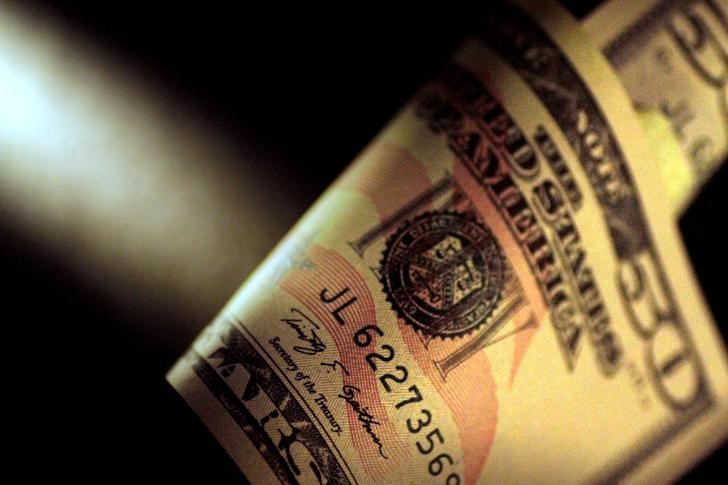By Gina Lee
Investing.com – The dollar was down on Wednesday morning in Asia as hopes for a breakthrough in peace talks between Russia and Ukraine gave the euro a boost. The Japanese yen, which is already under pressure, steadied even as the Bank of Japan (BOJ) continues its efforts to pin down bond yields.
The U.S. Dollar Index that tracks the greenback against a basket of other currencies is down 0.32% to 98.125 by 11:28 PM ET (3:28 AM GMT).
The USD/JPY pair slid 1.09% to 121.50. Japanese data released earlier in the day showed that retail sales contracted 0.8% year on year in February 2022.
The AUD/USD pair edged up 0.13% to 0.7516 and the NZD/USD pair was up 0.45% to 0.6964.
The USD/CNY pair inched down 0.06% to 6.3604 while the GBP/USD pair edged up 0.16% to 1.3106.
The euro has been battered in recent weeks over fears about the economic fallout from the war in Ukraine. Concerns about the war spreading west saw the single currency hit a two-week high of $1.1137 overnight before settling back to $1.1091 in Asian trading. It also hit a three-month high of 84.81 pence against the pound, while the Russian rouble climbed to a one-month high of 83.50 to the dollar.
In Tuesday’s face-to-face talks in Istanbul, Russia pledged to scale down military operations around the Ukrainian capital of Kyiv, while Ukraine proposed adopting a neutral status. However, the U.S. warned that the threat to Kyiv remains, pouring cold water on the optimism for an end to the war that began with the Russian invasion on Feb. 24.
"At least the two sides are talking," Commonwealth Bank of Australia strategist Joe Capurso told Reuters.
"The tentative good news about the war will benefit the euro more than any other currency given Europe's proximity to the conflict and reliance on Russian energy," he said.
The increased risk appetite boosted risk-sensitive currencies including the Australian and New Zealand dollars. The Antipodean currencies held firm just below recent peaks in Asian trading and the South Korean won, battered by the recent surge in oil prices, recorded its best session in two years overnight.
Meanwhile, the yen is fighting to find a floor of around 123 to the dollar and is set for its worst month since November 2016. The yen has lost roughly 7% loss on the dollar as the Japanese central bank maintains its dovish stance while other central banks turn hawkish.
The BOJ is fulfilling its four-day pledge of unlimited bond-buying to hold 10-year yields beneath its 0.25% ceiling, and extended purchases along the curve in both directions. The efforts saw the 10-year Japanese government bond yield drop slightly to 0.225%.
"Risks remain tilted towards the upside for USD/JPY today. The 125 mark will continue to be a good level of topside resistance," MUFG Bank analyst Sophia Ng told Reuters.
